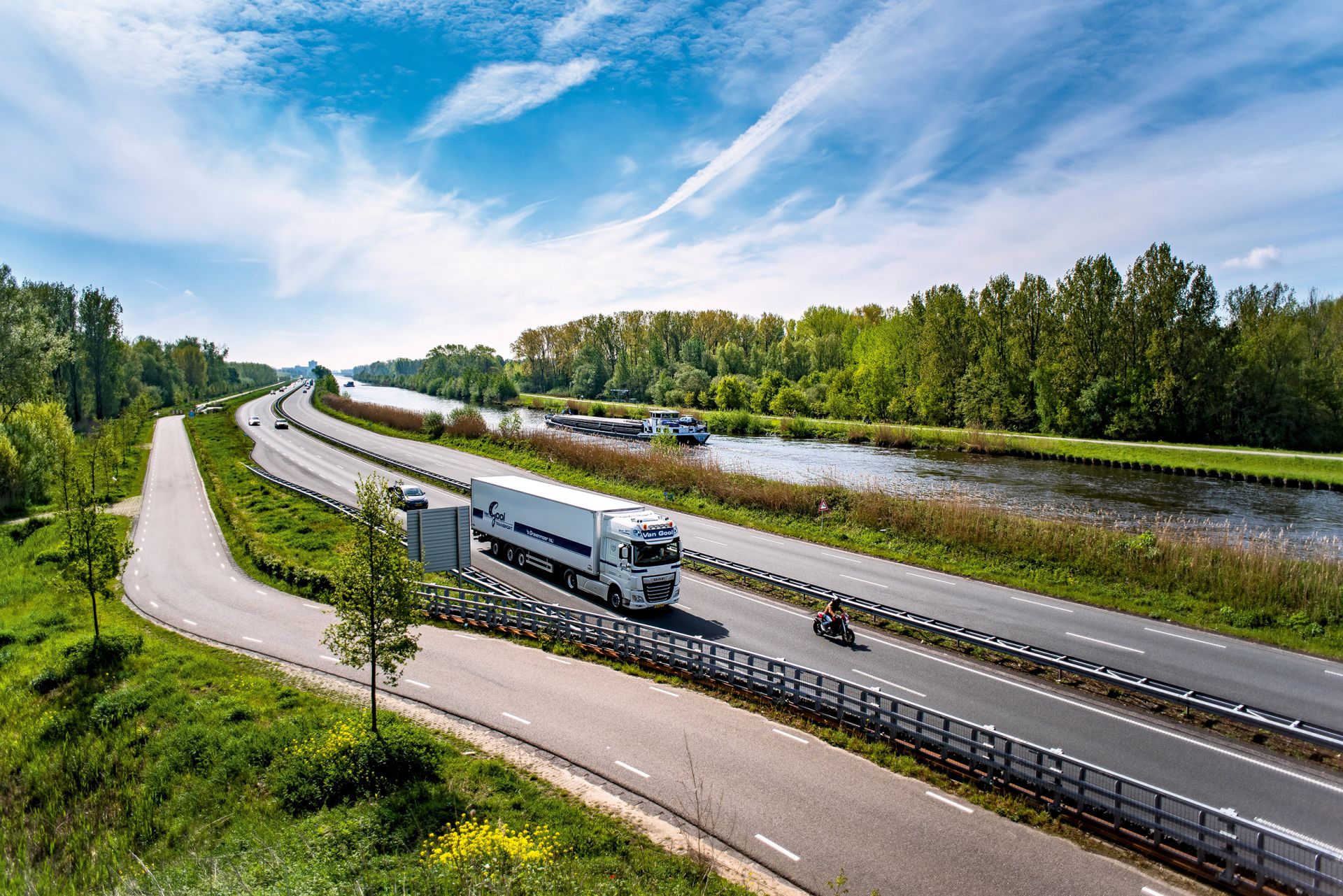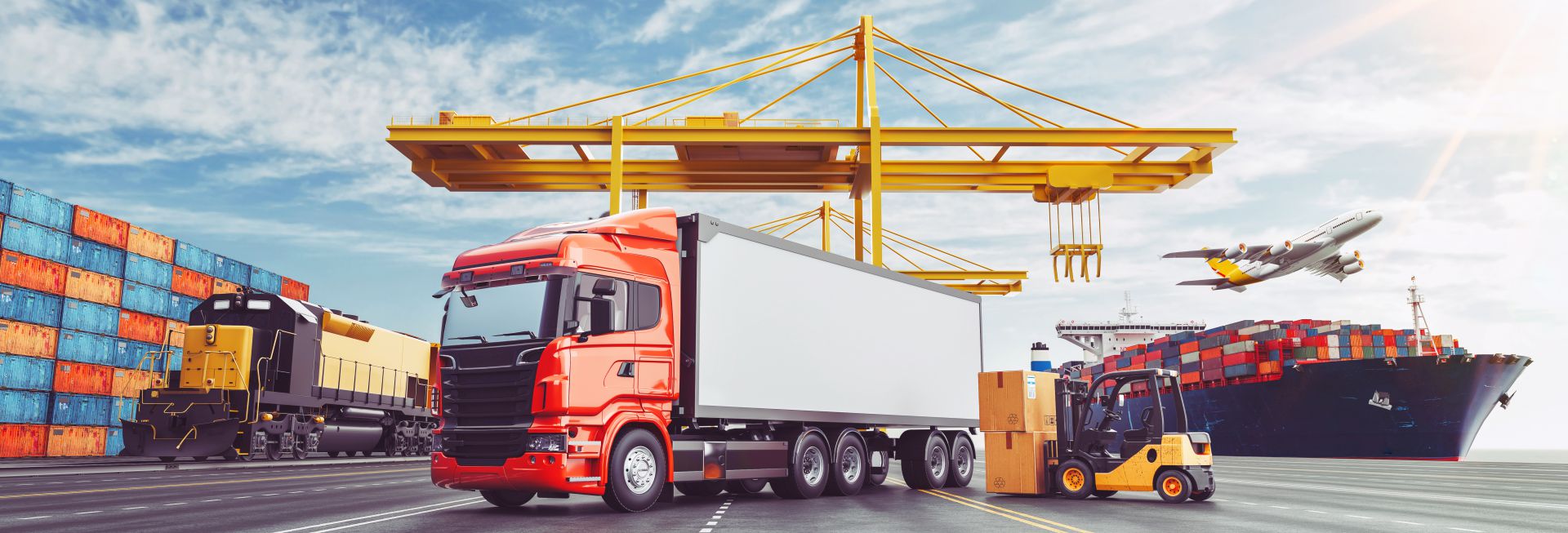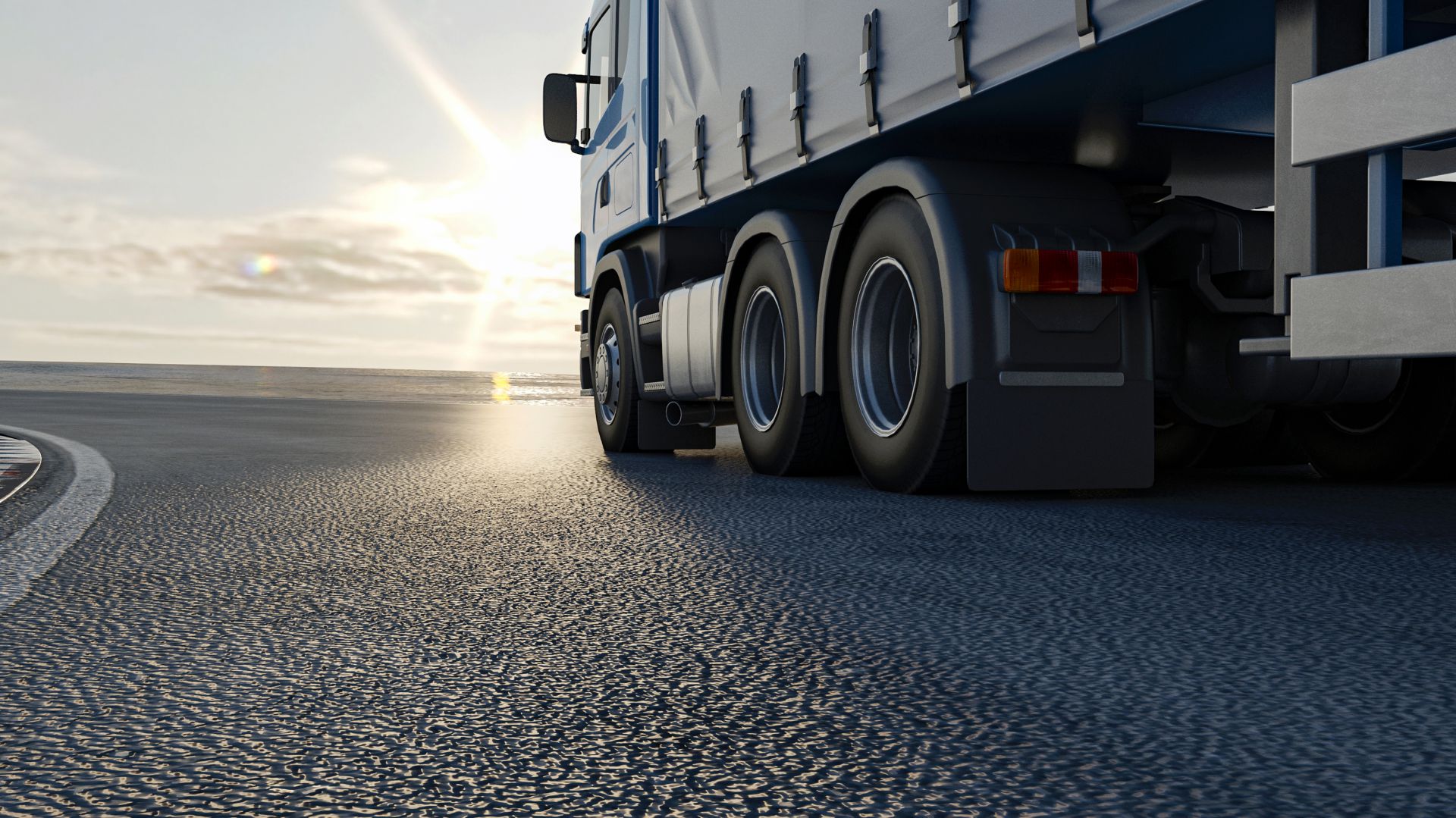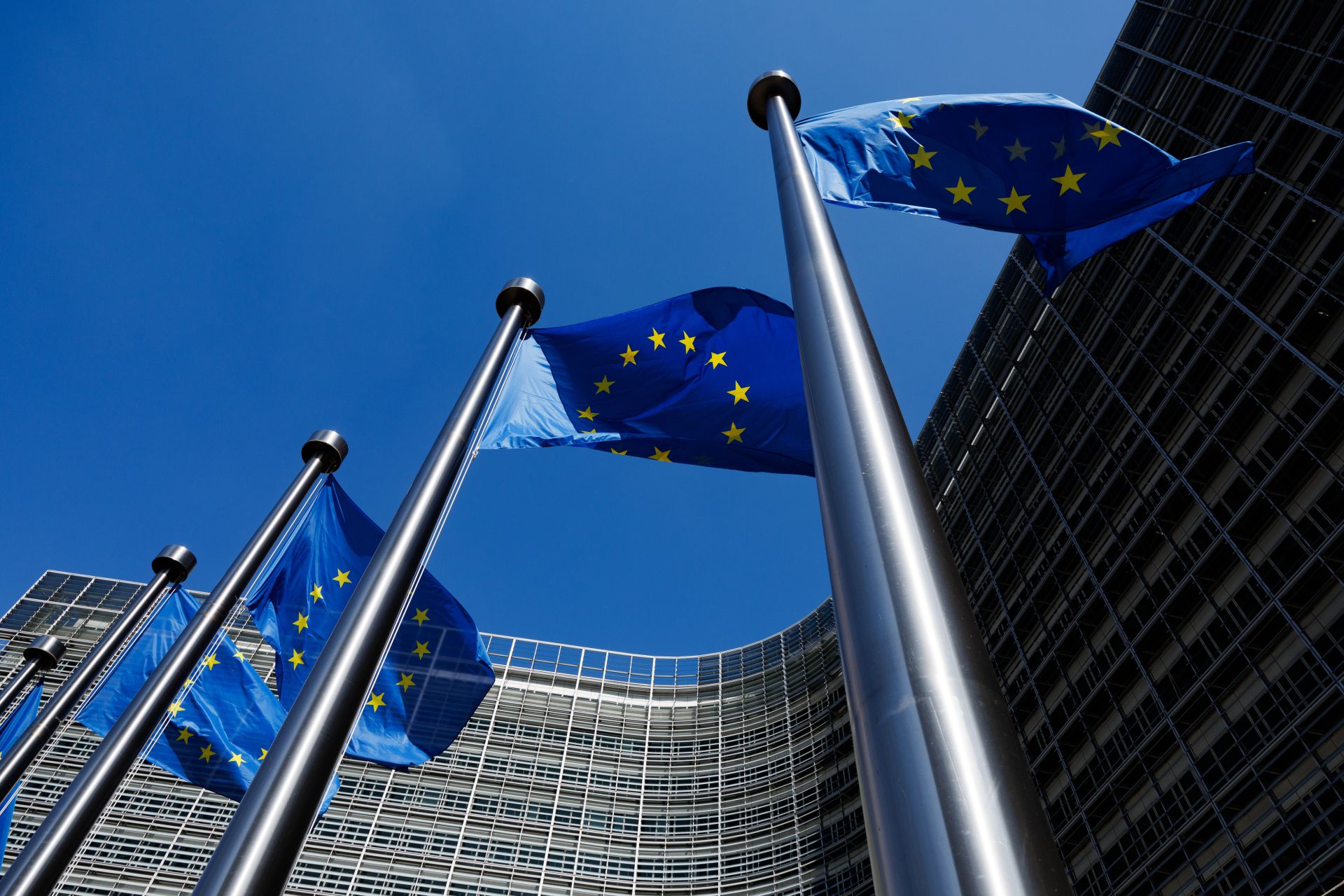
Carbon Footprinting: effectively reducing CO2
Much has been done to combat climate change. Urgent action is required. Given this urgency, the European Climate Agreement legally requires companies to demonstrably reduce their emissions by 55% below 1990 levels by 2030. The ultimate goal: reduce net emissions to zero. Carbon footprinting, CO2 mapping and assignment to activities, is indispensable for effective reduction measures. This includes logistics.
This website provides insight into the internationally used calculation method. There are also practical manuals available to apply carbon footprinting within a company correctly and in a verified manner.
Reliable standard values essential
So-called primary data provide the most reliable information. These are the data measured by the companies. For example, fuel or energy consumption. Based on these measurements, CO2 emissions can be accurately determined. Unfortunately, it is not (yet) always possible to measure yourself or receive measured information from chain partners. Therefore, it is important to have reliable and useful models and standard values: the secondary data. However, accurate sampling in practice shows that the current characteristic parameters do not give a realistic picture of CO2 emissions. Therefore, Topsector Logistics developed a reliable and easy alternative based on primary data. The Transport Performance Database.

About Topsector Logistiek
Together with companies, governments and research institutions, the Topsector Logistics is working toward the 2050 ambition: a competitive and emission-free logistics sector in the Netherlands. To achieve this ambition, Topsector Logistics has actively contributed to the realization of the ISO standard 14083, the Transport Performance Database and supporting companies to make Carbon Footprinting part of their business operations. All developed guidelines and products were extensively tested in daily practice and are available to companies in the Netherlands and the EU.
WANT TO KNOW MORE?
Do you still have questions about Carbon Footprinting within transport and logistics? If so, please contact Topsector Logistiek.
T +31 15 251 65 65
M info@topsectorlogistiek.nl
Do you have a question or want to request a call back? Please leave your details.


